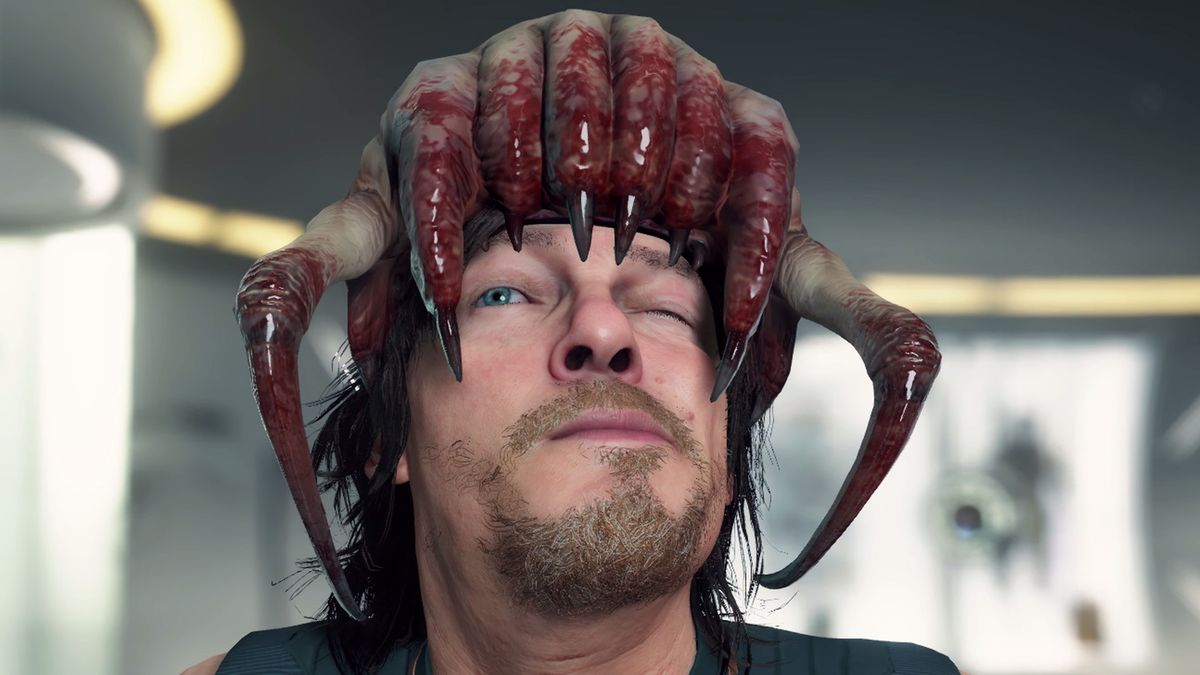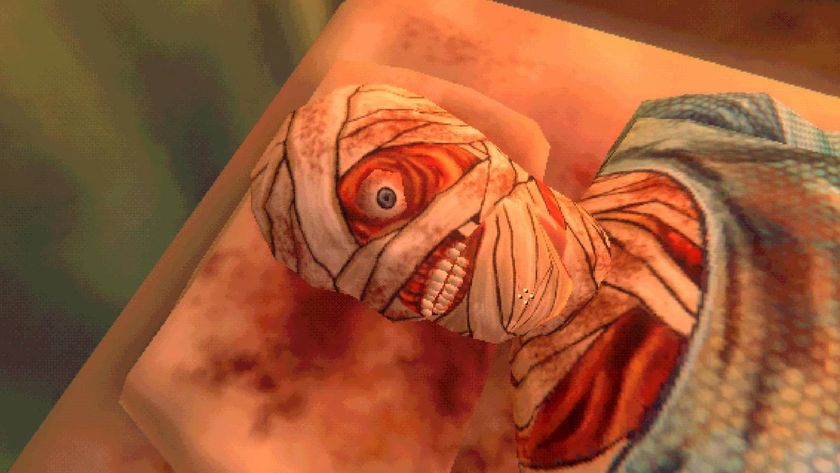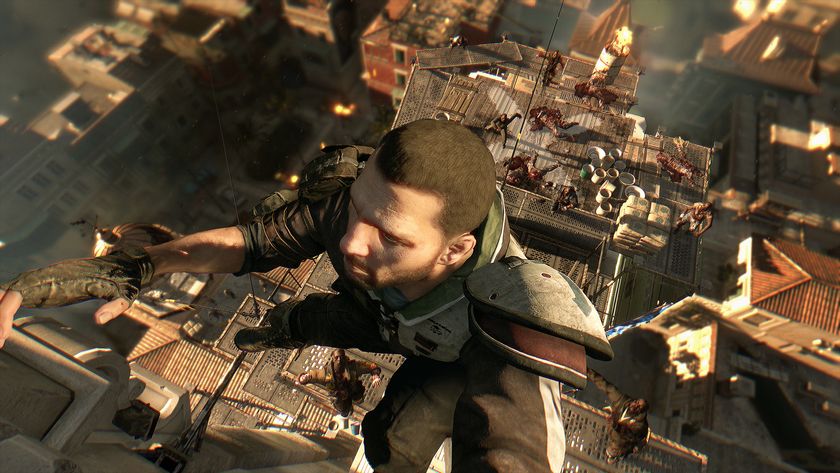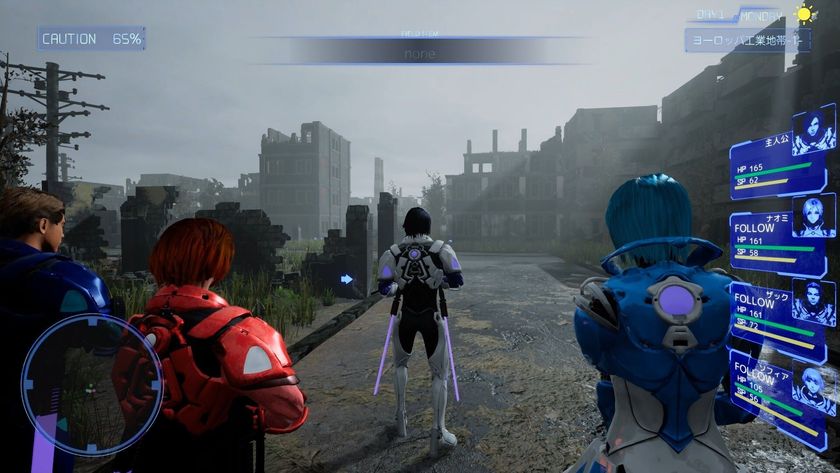Death Stranding is out on PC and Nvidia's DLSS graphics video is just showing off
See how the new tech boosts visuals and performance

The Death Stranding PC version has finally arrived, and Nvidia is taking the opportunity to flex an unusual but effective new GPU feature.
Death Stranding supports Nvidia DLSS 2.0, which uses Nvidia's RTX-enabled GeForce cards to boost visual quality without the typical hit to game performance. I'll get into the technical details a little more later, but for the moment just take in these side-by-side comparisons of the Death Stranding PC version with DLSS off and on.
Experience #DeathStrandingPC with NVIDIA DLSS 2.0!DLSS 2.0 enables gamers to play Death Stranding at stunning 4K and maximum performance, with over 60 FPS + all settings maxed out across all GeForce RTX GPUs 💪Learn more 👉 https://t.co/J0WBkQPHlk pic.twitter.com/5FpL5iaQxlJuly 14, 2020
The improvements in visual quality are subtle on a frame-by-frame basis: more crisp textures, smoother lines, better detail, that sort of thing. The really remarkable part is how all that happens while also improving the game's frame rate.
For years we've been working on the old "visual quality goes up, frame rate goes down" paradigm. DLSS 2.0 approaches the problem differently: it upscales the visuals using an AI model that is trained individually for each supported game. The model knows what all those little details should look like on eye-watering max settings, so it can just make them look more like that without needing to do all of the performance-annihilating calculations itself.
It's especially helpful for running games at 4K with high settings, since the resolution is often taxing enough by itself without extra visual bells and whistles. Here's how enabling DLSS 2.0 can affect performance in-game, according to Nvidia's internal testing.
"In Death Stranding, NVIDIA DLSS 2.0 delivers performance improvements of up to 48% in Quality Mode in our testing. And improvements of up to 90% in Performance Mode, enabling the GeForce RTX 2060 to run at over 60 FPS at 4K, at max settings on our test bench, in a gameplay-representative benchmark from Order #229, which requests a delicious case of Timefall Porter."
Find more to play with our guide to the best PC games.
Sign up to the 12DOVE Newsletter
Weekly digests, tales from the communities you love, and more
I got a BA in journalism from Central Michigan University - though the best education I received there was from CM Life, its student-run newspaper. Long before that, I started pursuing my degree in video games by bugging my older brother to let me play Zelda on the Super Nintendo. I've previously been a news intern for GameSpot, a news writer for CVG, and now I'm a staff writer here at GamesRadar.
Most Popular








